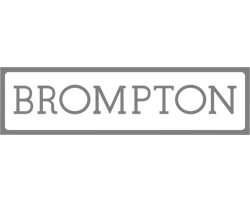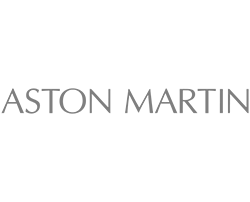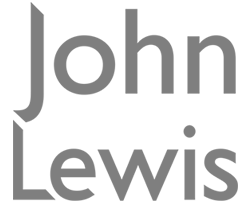Powder Coating Colours
The colour standards typically used for powder coating within the UK are: RAL, BS 4800, BS 381C, NCS and Pantone.
RAL shades
RAL Shades
In 1925, the private sector and the German government of that time founded the “Reichsausschuss für Lieferbedingungen” – RAL – (Committee of the German Reich for Terms and Conditions of Sale). In 1927 this body created the first RAL colour chart; the RAL 840 colour scale containing 40 colours.
The RAL colour standard now contains approximately 2000 shades but it is a small sub-section of RAL colours (approximately 200 shades) designated RAL CLASSIC which are commonly used in powder coating in the UK.

RAL 9006 & RAL9007
The colour reference standards used in powder coating (e.g. RAL, NCS etc) can be reproduced by powder manufacturers within established tolerances giving good agreement between different manufacturers. This is not so with RAL 9006 and RAL 9007 where wide variations in appearance occur between powder manufacturers. These colours originate from the corrosion protection program of the German state railway. They were used for corrosion protection of steelwork and rolling stock and were never intended to be used for decorative purposes. RAL 9006 is essentially produced using aluminium particles, and RAL 9007 with iron oxide in a layered structure with small amounts of aluminium powder. These colours were registered with RAL to enable the railway to use them as references when placing orders but their inclusion has led to misunderstandings. Recently metallic colours have become popular for all sorts of architectural uses (window frames, door frames, cladding etc) and RAL 9006 and RAL 9007 have been specified even though there is no uniform finish in existence for the standards.
BS 4800, BS 381C, NCS and Pantone
British Standard Shades
There are two sets of British Standard shades used for powder coating:
- ‘BS 4800:2011 – Schedule of paint colours for building purposes. These shades are generally more widely used than 381C and as the British Standard title suggests they are designed for architectural and construction industries. Each shade within the standard has has a 5 digit code made up of two numbers, a letter and two more numbers e.g. 10C31.
- The other Standard Colour is ‘BS 381C:1996 – Specification for colours for identification, coding and special purposes’. These shades are designated by a 3 digit numerical code e.g. 697.
For more information visit the BSS website.
NCS Shades
This NCS (Natural Colour System) standard has its origin in Sweden in the 1920’s. This ‘visual colour system’ is based on ideas taken from “Das natürliche System der Farbempfindungen” published by the German physiologist Ewald Hering in 1874. The NCS system is an attempt to create a visually descriptive colour system. Colours in the NCS are designated by an 8 digit alpha numerical code defining darkness, saturation and hue. The first 4 digits specify darkness and saturation; the second 4 digit group refer to hue. For example: 3050 Y80R designates 30% darkness, 50% saturation, 20% yellow and 80% red. The Scandinavian Colour Institute as it is now known is responsible for and has the rights to the NCS system.
For more information visit the NCS website
Pantone Shades
The Pantone system is widely used within the graphic design, printing, publishing, textile and plastics industries. It is sometimes specified for powder coating especially where a sign or piece of architecture is required to match a company logo or corporate colours. The Pantone system was created in 1963 by Lawrence Herbert in order to identify and match colours for the graphic arts community. As the colour spectrum is seen and interpreted differently by each individual, Pantone produced a book of standardized colours in a fan format.
For more details visit the pantone website.










